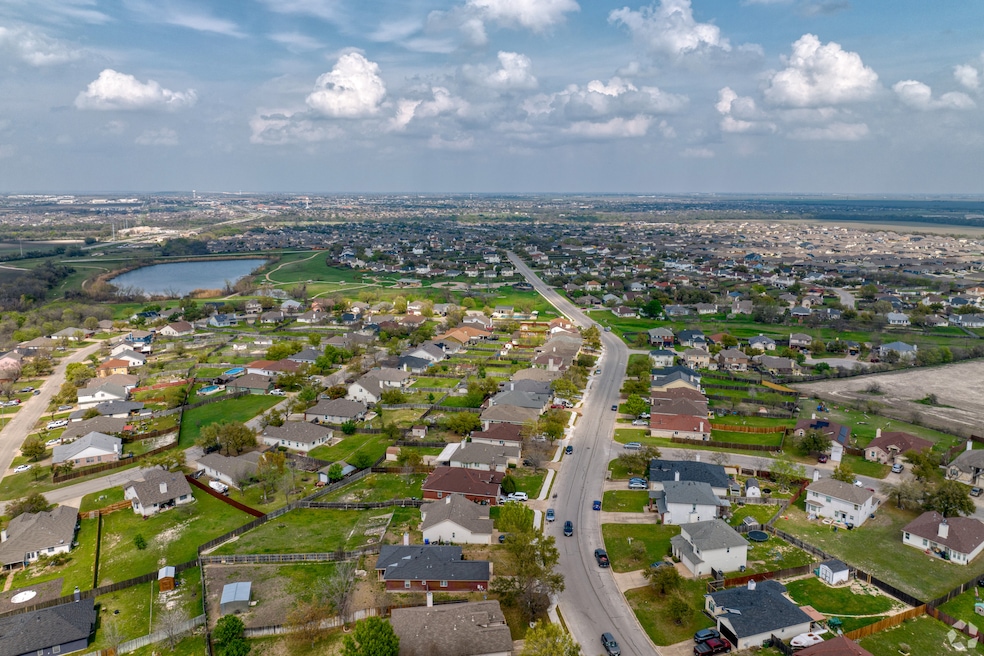Number of vacant homes remains small
With the U.S. housing market seeing increasing demand, the national vacancy rate for residential properties is holding steady at 1.3% of all homes, or nearly 1.4 million properties.
The figure, as analytics company ATTOM reported in its third quarter “2025 Vacant Property and Zombie Foreclosure Report” on Thursday, has stayed flat over the past three-and-a-half years; in fact, it’s been at 1.3% for 14 straight quarters. Northeastern states had some of the nation's lowest vacancy rates, including New Hampshire (0.35%), Vermont (0.41%), New Jersey (0.51%), and Connecticut (0.54%). Idaho also made the tally, at 0.51%.
The Irvine, California-based company found that 222,381 properties were in "pre-foreclosure" in the third quarter and that the percentage of “zombie foreclosure” homes — or properties owners have abandoned or are in legal limbo — ticked up to 3.38% for the same period. The percentage, about 7,500 houses, is a sliver larger than the 3.3% of zombie foreclosure homes observed last quarter and the 3.14% found in the third quarter of 2024.
Twenty-three states saw their share of zombie properties rise, and an equal number of states and Washington, D.C., had fewer zombie properties this quarter. Some of the states with the biggest increases include Colorado (from 27 homes to 58), Washington (from 29 to 62), Iowa (from 64 to 118), North Carolina (from 50 to 90), and Oklahoma (from 43 to 74). States with the most dramatic plunges in zombie numbers were Georgia (from 85 homes to 64), New Jersey (from 230 to 181), Illinois (from 780 to 646), and New York (from 1,630 to 1,461).
"Vacant and zombie homes can hurt the value of surrounding properties and start a negative spiral in a local housing market," Rob Barber, CEO of ATTOM, said in a statement. "While we've seen the rate of zombie homes tick up a tiny bit this quarter, the overall rate of vacant homes and homes in the foreclosure process has remained remarkably steady."
Heat stress dangers rising for workers, UN warns
Construction workers are toiling in higher-intensity heatwaves — and more of them, according to a new report from the World Health Organization and the World Meteorological Organization.
In “Climate Change and Workplace Heat Stress,” which the two United Nations agencies published Friday, emphasizes that “workers in agriculture, construction, and fisheries are already suffering the impacts of dangerous temperatures” and that “vulnerable groups in developing countries — including children, older adults, and low-income communities — face increasing dangers.”
Some of those heat stress dangers include dehydration, kidney problems, and neurological issues, WMO stated. But the push to shield workers from heat stress “is not just a health imperative, but an economic necessity,” Ko Barrett, WMO deputy secretary-general, said in a statement.
In addition to health problems, economic risk comes in the form of worker productivity. For every degree above 20 degrees Celsius, or about 68 degrees Fahrenheit, worker productivity slips 2 to 3%, the report found.
To combat the risks posed by extreme heat, the UN agencies included detailed guidance and recommendations in the report, “calling for urgent occupational heat action plans tailored to industries and regions.” In addition to foregrounding protections for older workers and workers with chronic health conditions, WHO and WMO suggested developing “targeted occupational heat-health policies;” ensuring workers, unions, and other leaders participate in “shaping heat-health strategies;” and training workers and other professionals “to recognize and treat heat stress, which is often misdiagnosed.”

